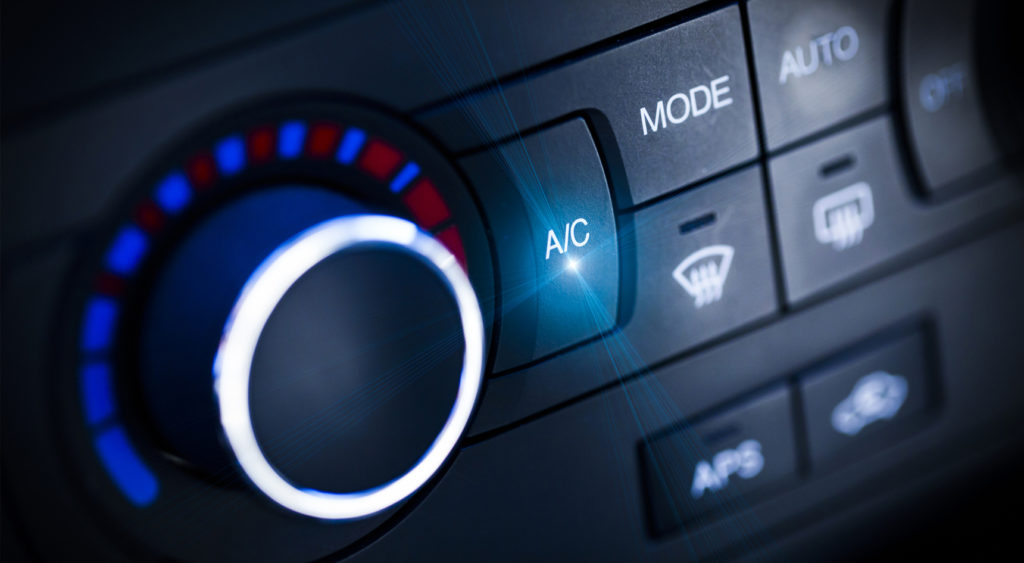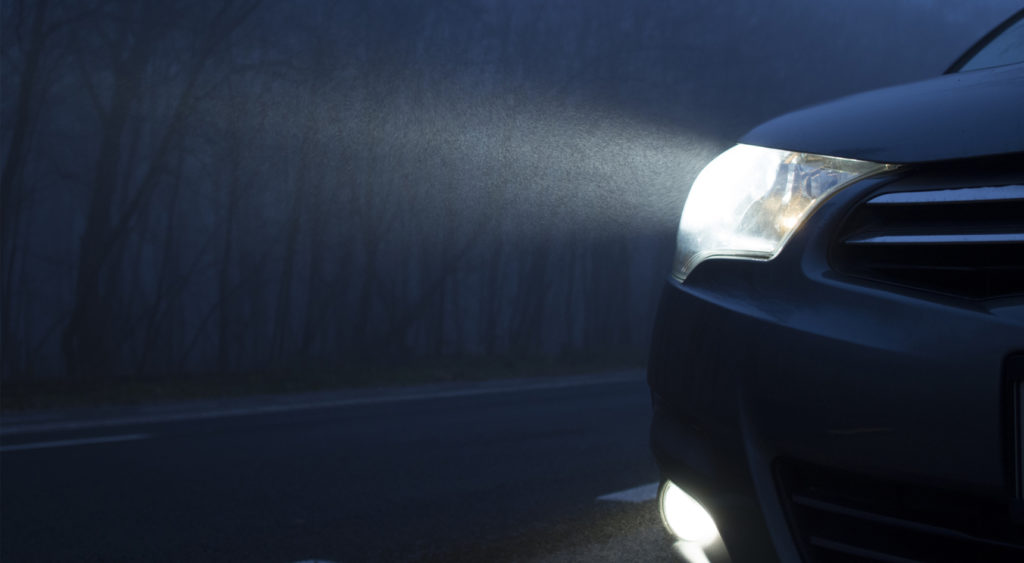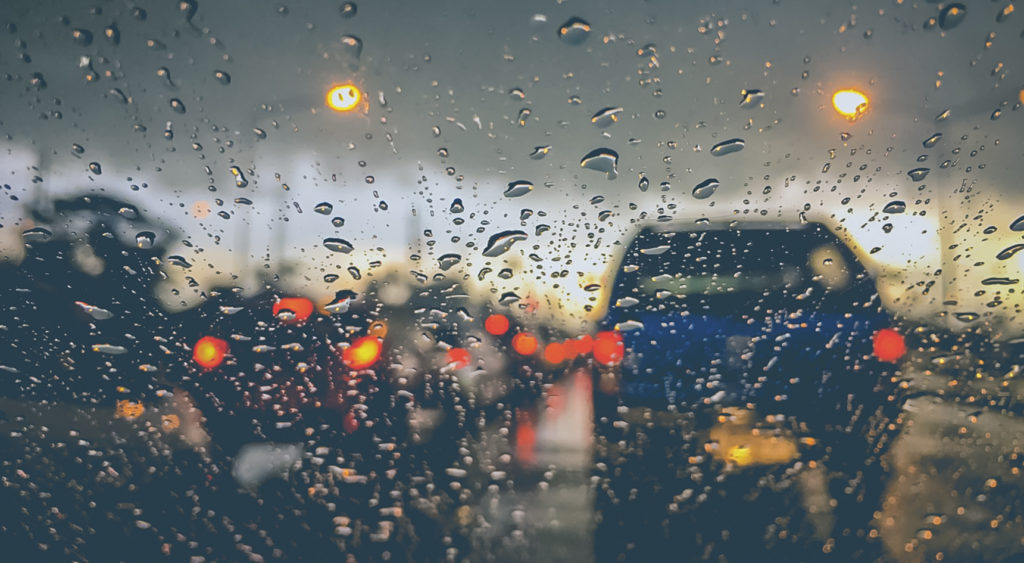7 tips for winter driving
 While there are some perks to winter such as cosying up by a fire on a cold night – driving isn’t really one of them.
Driving in heavy rain and fog is very different to driving on a beautiful sunny day, but it doesn’t have to be so hard to get from A to B in bad weather conditions.
To help you, we’ve prepared 7 tips for winter driving.
While there are some perks to winter such as cosying up by a fire on a cold night – driving isn’t really one of them.
Driving in heavy rain and fog is very different to driving on a beautiful sunny day, but it doesn’t have to be so hard to get from A to B in bad weather conditions.
To help you, we’ve prepared 7 tips for winter driving.
1. Prepare your car
There are a few car checks that need to be made in winter. We surveyed our Member Panel about winter driving, and while most people said they’d check their headlights, wiper blades and brake lights before going for a drive on a rainy day, only 33% said they’d check the tyre tread and pressure. Good quality tyres are absolutely vital in wet weather and are your only connection to the road, so make sure you inflate them to the correct pressure and have them replaced if the tread is less than 2mm (the same depth as a match head).
You should check your tyre pressure before winter.
2. Use the de-mister
If you jump in the car and you’ve got a foggy windscreen, defog it by setting the temperature to hot and turning your air conditioner on at the same time. About 90% of our Member Panel respondents said they’d use the air conditioner, but they didn’t set the air to hot which definitely helps in winter.
Use your heating to de-mist your windscreen when it fogs up in cold weather.
3. Set your GPS
If you’re unsure of where you’re going and it’s raining heavily, put the address into your GPS before you leave home and set the audio navigation on. That way you can concentrate on the road because you’ll be directed the whole way there. More than 70% of our Member Panel say they do this. Don’t have a GPS? Check a street directory before you set off.
Set your GPS to your destination during wet weather.
4. Turn the fog lights on
Use your fog lights or headlights on low beam in foggy conditions. Around a quarter of our Member Panel said they use their high beams in fog, but this actually makes visibility worse because the light can reflect off the fog. Just remember that it’s an offence to have your fog lights on if the foggy conditions have passed.
Turn your fog lights on in poor weather conditions.
5. Be visible
Make sure your car is visible in rain and foggy conditions by using your headlights or fog lights, even during the day. If the fog or rain is extremely heavy, you can also drive with your hazard lights on to make sure you’re visible to other road users.
It can be hard to see other cars in wet weather, so make sure your vehicle is visible.

